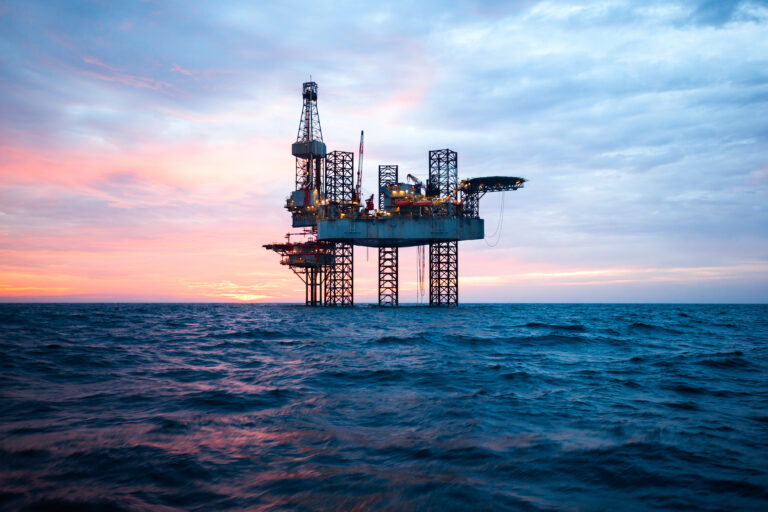
We are one of the largest distributors of pipe, valve and fitting products and services to the energy and industrial markets. Our customers' businesses in greenfield and brownfield are capital intensive and their operating processes and operating environments are often extreme. These industries and conditions are demanding and require a supplier that understands the importance of safety, quality and reliable service.
Our upstream market concentrates on the products used during the exploration, completion and production of oil, gas and natural gas liquids. During the drilling and completion of a well, GIPS provides Oil Country Tubular Goods (OCTG) and other ancillary products to the operator. After the completion of the well, we offer PVF and other oilfield supplies to the production crews to safely move the product into gathering systems or pipelines for processing.
We provide pipes, valves and fittings and other oilfield supplies to the production crews, so the oil or gas can be safely moved into gathering systems and pipelines for processing. We also provide value added services such as project trailers, kitting of well hook up materials, integrated supply and valve actuation. These services reduce costs in the supply chain and improve the customer’s productivity.
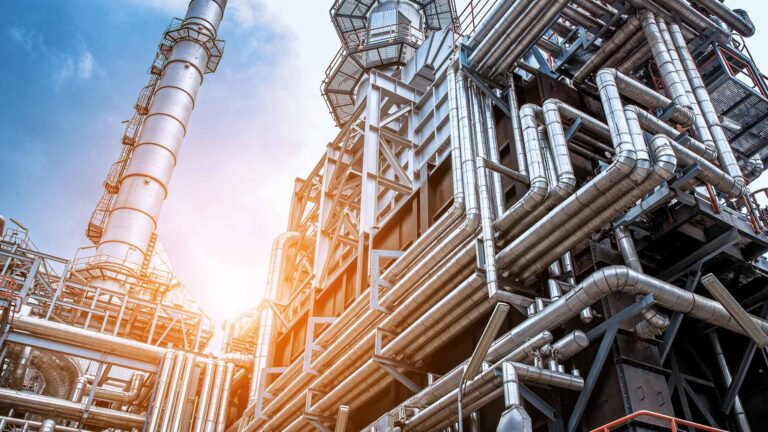
The demand for clean energy has resulted in investments in the replacement and expansion of power plants. Customers in this segment include companies involved in power generation, such as coal and gas-fired power plants, sustainable energy and water power. Over the years, we have accumulated substantial knowledge in this segment about different steel types and their area of application, and offers its customers technical and logistical expertise, segment-specific stocks and project management. We have developed a strong reputation in this segment and our market position is growing from its base in Western Europe.
Our customers are mainly active in the following power generation segments:
Our extensive product assortment and total service package is based on the needs of our customers in the Power industry.
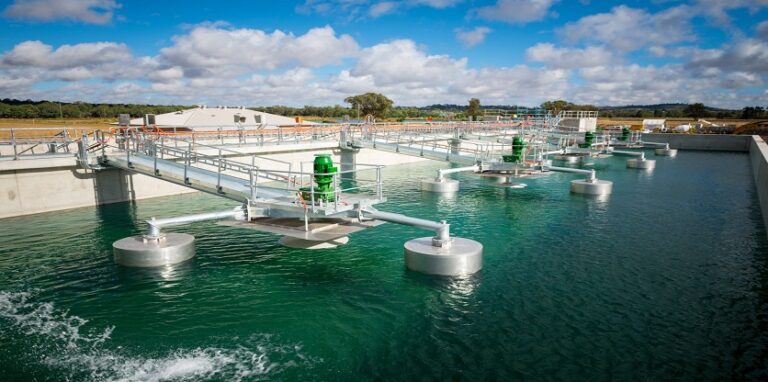
Gips has committed significant resources to supporting this growing sector. The midstream sector, which includes gathering, transmission pipeline, and natural gas utilities, is serviced by our branch locations, distribution centres and project groups strategically located around the globe. Our extensive inventory of pipe, ball valves, check valves, actuators, and other pipeline products gives us the competitive advantage to meet immediate customer requirements. Our locations also provide products and services to gas production facilities, compressor plants and storage terminals.
We have extended our network of support locations in key regions to ensure that our customers in this growing sector have access to our inventory of products and services when and where they need it.
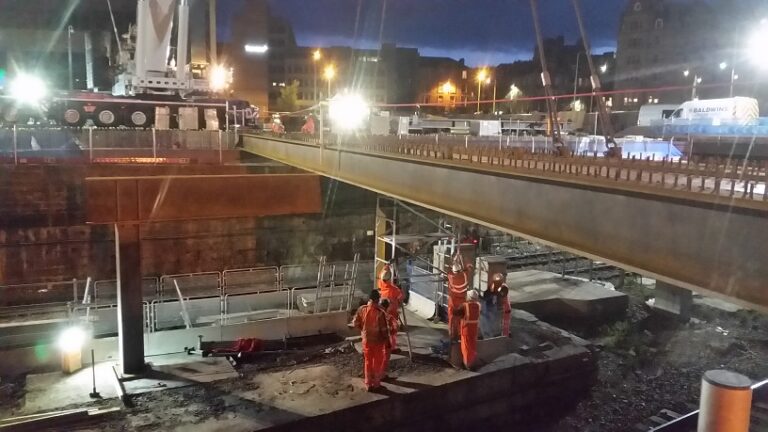
In steel constructions, our pipe and tube material is used for a variety of different applications, such as:
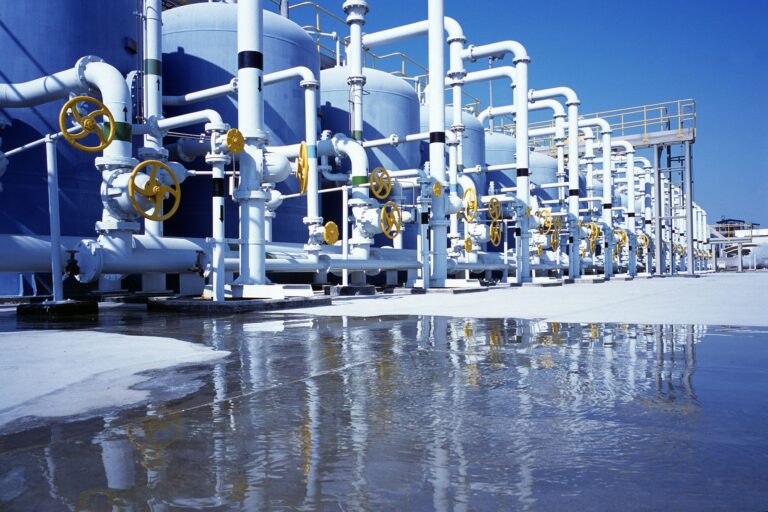
Desalination, desalinization, or desalinisation refers to any of several processes that remove excess salt and other minerals from water. More generally, desalination may also refer to the removal of salts and minerals, as in soil desalination.
Water is desalinated in order to be converted to fresh water suitable for human consumption or irrigation. Sometimes the process produces table salt as a by-product. It is used on many seagoing ships and submarines. Most of the modern interest in desalination is focused on developing cost-effective ways of providing fresh water for human use in regions where the availability of fresh water is limited.
Large-scale desalination typically uses extremely large amounts of energy as well as specialized, expensive infrastructure, making it very costly compared to the use of fresh water from rivers or groundwater. The large energy reserves of many Middle Eastern countries, along with their relative water scarcity, have led to extensive construction of desalination in this region. By mid-2007, Middle Eastern desalination accounted for close to 75% of total world capacity
The world’s largest desalination plant is the Jebel Ali Desalination Plant (Phase 2) in the United Arab Emirates. It is a dual-purpose facility that uses multi-stage flash distillation and is capable of producing 300 million cubic meters of water per year
The largest desalination plant in the United States is the one at Tampa Bay, Florida, which began desalinating 25 million gallons (US Gal.) (95000 m3) of water per day in December 2007. The Tampa Bay plant runs at around 12% the output of the Jebel Ali Desalination Plants. A January 17, 2008, article in the Wall Street Journal states, “World-wide, 13,080 desalination plants produce more than 12 billion gallons of water a day, according to the International Desalination Association.
As of July 2004, the leading method is Multi-stage flash distillation (85% of production world-wide). The traditional process used in these operations is vacuum distillation—essentially the boiling of water at less than atmospheric pressure and thus a much lower temperature than normal. This is because the boiling of a liquid occurs when the vapor pressure equals the ambient pressure and vapor pressure increases with temperature. Thus, because of the reduced temperature, energy is saved
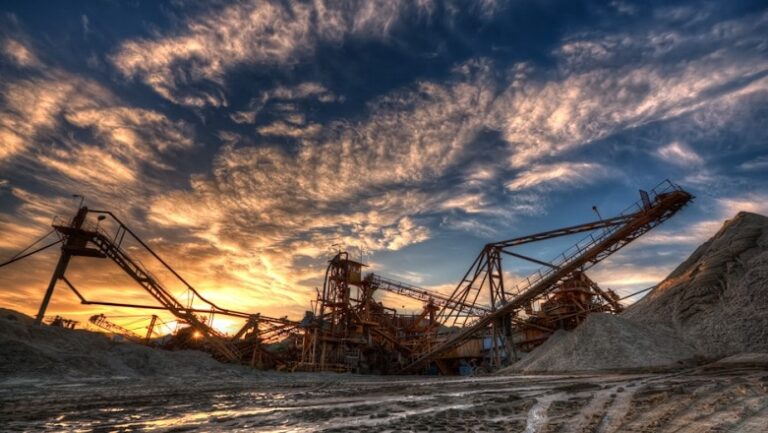
Mining is the extraction of valuable minerals or other geological materials from the earth, usually from an ore body, vein or (coal) seam. Materials recovered by mining include base metals, precious metals, iron, uranium, coal, diamonds, limestone, oil shale, rock salt and potash. Any material that cannot be grown through agricultural processes, or created artificially in a laboratory or factory, is usually mined. Mining in a wider sense comprises extraction of any non-renewable resource (e.g., petroleum, natural gas, or even water).
Mining is now more environmentally friendly
Mining of stone and metal has been done since pre-historic times. Modern mining processes involve prospecting for ore bodies, analysis of the profit potential of a proposed mine, extraction of the desired materials and finally reclamation of the land to prepare it for other uses once the mine is closed. The nature of mining processes creates a potential negative impact on the environment both during the mining operations and for years after the mine is closed. This impact has led to most of the world’s nations adopting regulations to moderate the negative effects of mining operations. Safety has long been a concern as well, though modern practices have improved safety in mines significantly. Mining today is able to profitably and safely recover minerals with little negative impact to the environment.
Applications
SPM products are used in a huge range of mining applications including for piping, tanks, pumps and structural components. Apart from corrosion resistance our Duplex, Super Duplex stainless steel pipes and flanges are strong, easy to clean, durable and flexible
Mining is another industry where stainless steel has made life so much easier and more profitable. From use within the construction of a mine and piping to utensils in the mess hall and workbenches, they are all made from stainless steel nowadays
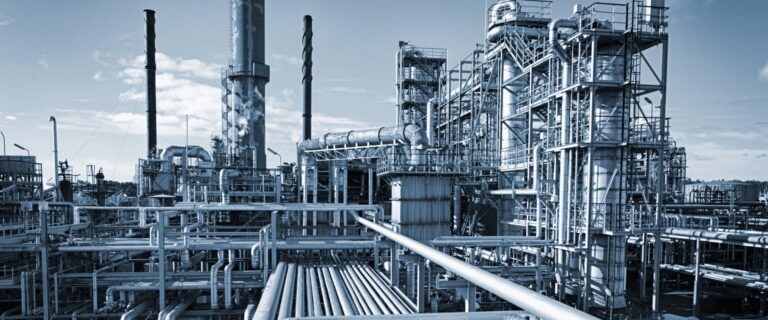
GIPS has also committed significant resources to support this sector. Petrochemicals are chemical products made from raw materials of petroleum or other hydrocarbon origin. Although some of the chemical compounds that originate from petroleum may also be derived from coal and natural gas, petroleum is the major source. The largest petrochemical industries are to be found in the USA and Western Europe, though the major growth in new production capacity is in the Middle East and Asia. There is a substantial inter-regional trade in petrochemicals of all kinds. World production of ethylene is around 110 million tons per year, of propylene 65 million tons, and of aromatic raw materials 70 million tons.
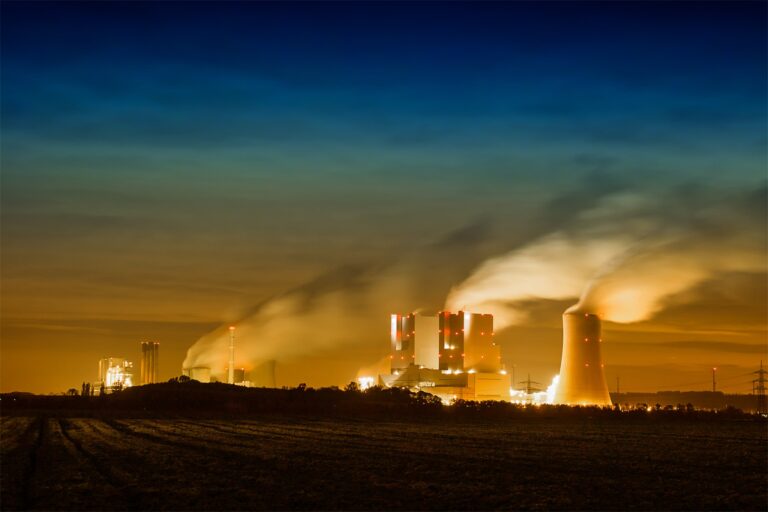
Nuclear power is a technology which extracts usable energy from atomic nuclei via controlled nuclear reactions – normally atomic fission. One day fusion may be possible but until thenm as stated, the only method in use today is through nuclear fission. Another method which one day may be possible is radioactive decay. All reactors used to provide domestic and commercial energy today, heat water to produce high pressure steam which is then used to power turbines which in turn produce the power we so urgently need. In 2007, 14% of the world’s electricity came from nuclear power. More than 150 nuclear-powered naval vessels have been built, and a few radioisotope rockets have been produced.
As of 2005, nuclear power provided 2.1% of the world’s energy and 15% of the world’s electricity, with the U.S., France, and Japan together accounting for 56.5% of nuclear generated electricity. As of 2007, the IAEA reported there are 439 nuclear power reactors in operation in the world, operating in 31 countries
In 2007, nuclear power’s share of global electricity generation dropped to 14%. According to the International Atomic Energy Agency, the main reason for this was an earthquake in western Japan on 16 July 2007, which shut down all seven reactors at the Kashiwazaki-Kariwa Nuclear Power Plant. There were also several other reductions and “unusual outages experienced in Korea and Germany. Also, increases in the load factor for the current fleet of reactors appear to have plateaued. The further reduction of nuclear power is likely because of fears over safety but increasing knowledge and superior construction materials help to combat these fears.
How the process works In a nuclear-fuelled power plant – much like a fossil-fuelled power plant – water is turned into steam, which drives turbine generators to produce electricity. The difference between the two is the heat source. Nuclear power produces electricity by splitting uranium atoms which generate phenomenal heat. This is called fission. This heat is used to create the steam which powers the generators. There is no combustion in a nuclear reactor, just the constant splitting of atoms which produces manageable heat. This is how the process works.
There are two types of nuclear reactors
Pressurized Water Reactor PWR´s – Pressurized Water Reactors keep water under pressure so that it heats, but does not boil. This heated water is circulated through special stainless steel pipes tubes in steam generators, allowing the water in the steam generators to turn to steam, which then turns the turbine generator. Water from the reactor and the water that is turned into steam are in separate systems and do not mix.
The necessity of stainless steel pipes Many nuclear power stations are situated on the coast and use sea water for cooling which again calls for special piping resistant to the corrosiveness of salt water. Stainless steel pipe and tubes when manufactured to the required standards are more than adequate for the long, harsh duty cycles required when utilized in a reactor environment. Today, nuclear power is only possible by virtue of the superb qualities of the construction materials available and none are more important than the stainless steel pipes which carry steam at high pressure and high temperatures which make the operation of the electricity producing turbines possible.
Years of Experience
Project Completed
Satisfaction Rate

Global Industrial Piping solution (GIPS) - a specialist global supplier of world class piping products together with turn-key services & solutions, project supply management and consultancy to the leading names.
Mon - Sat: 8 am - 5 pm, Sunday: CLOSED
Copyright ©2023 GIPS Group Designed By MetaUX.